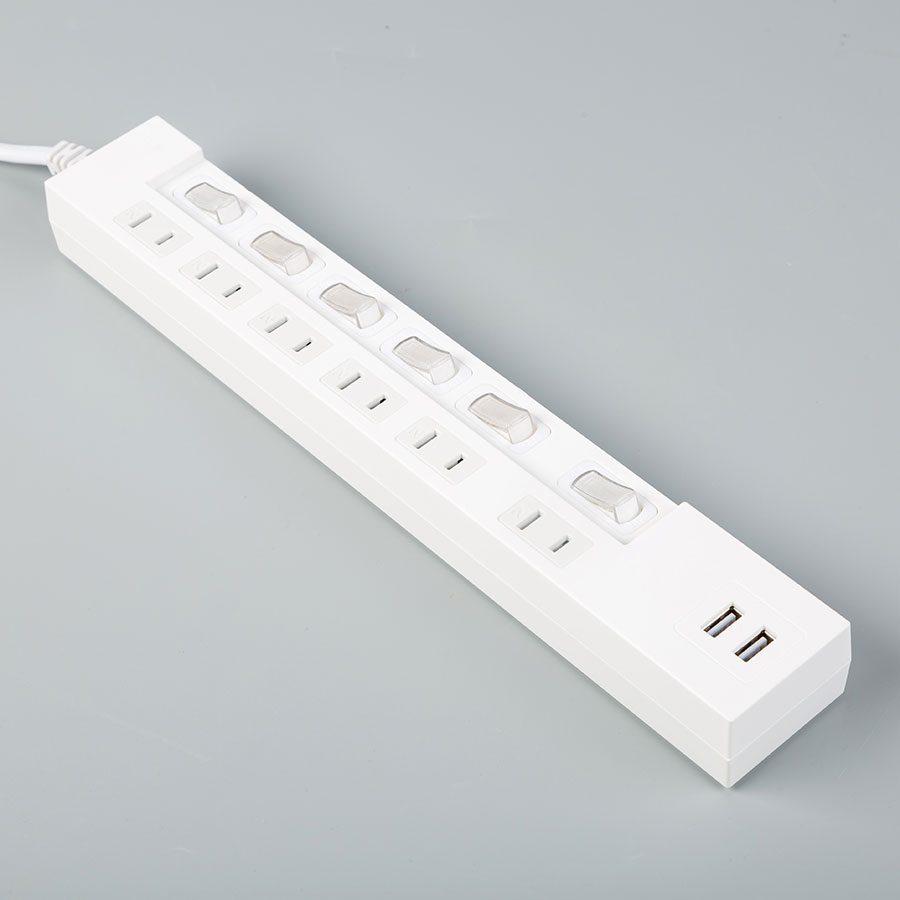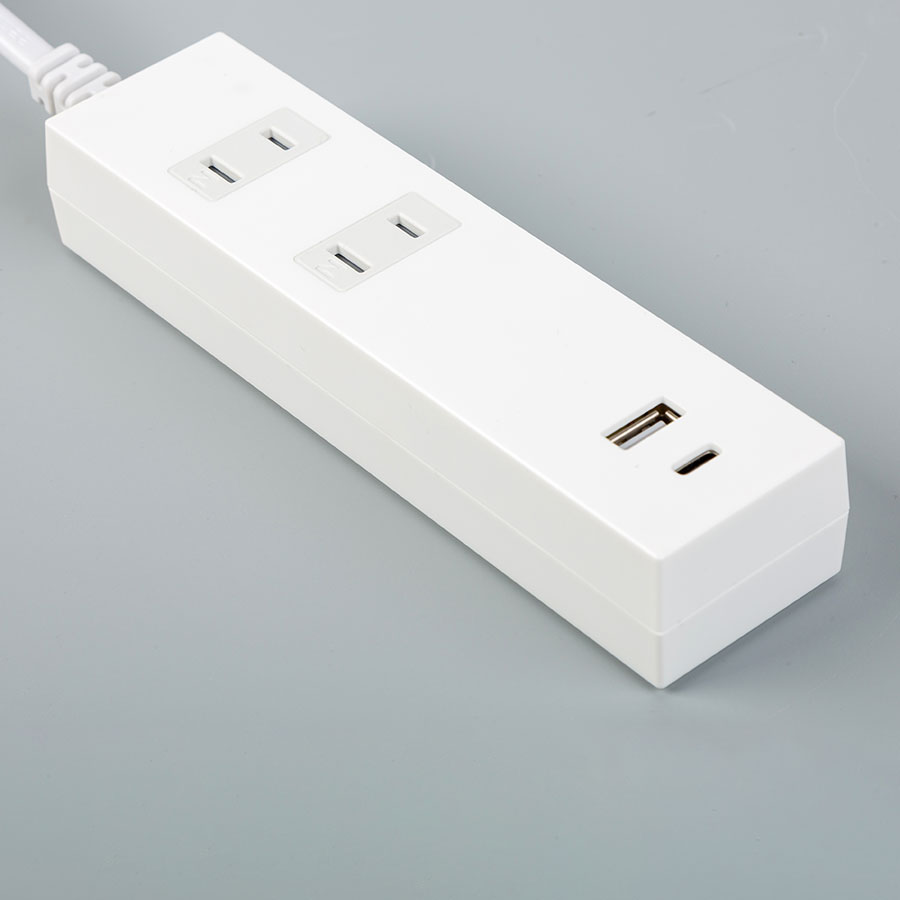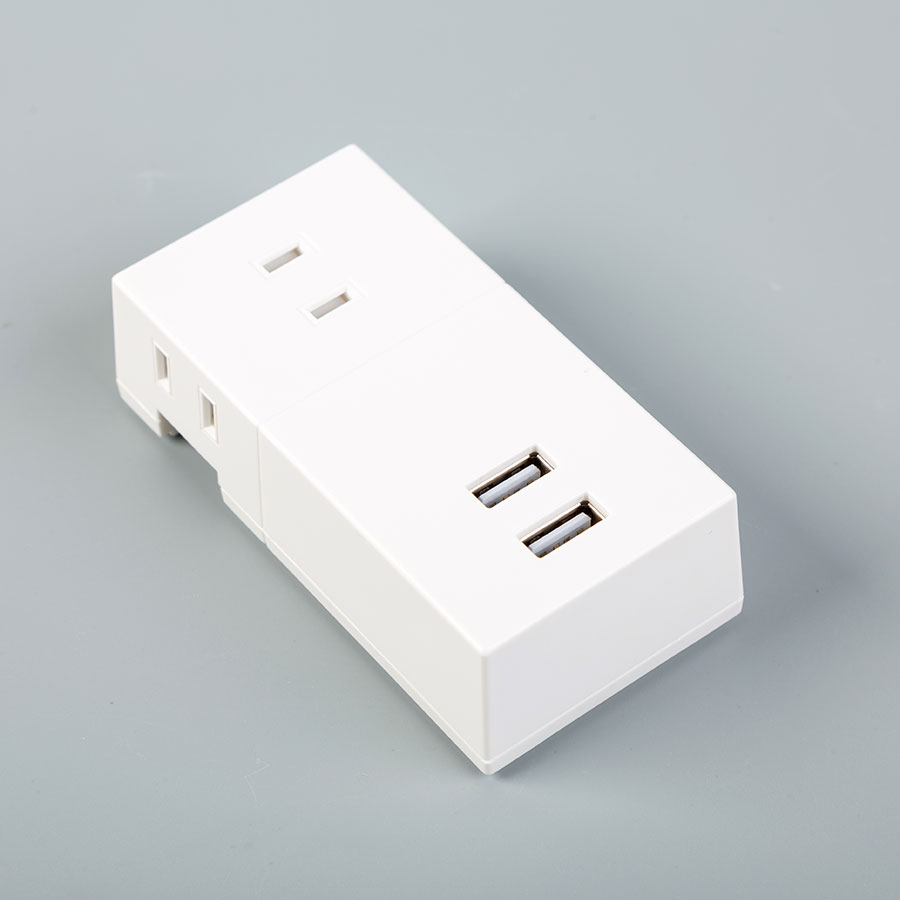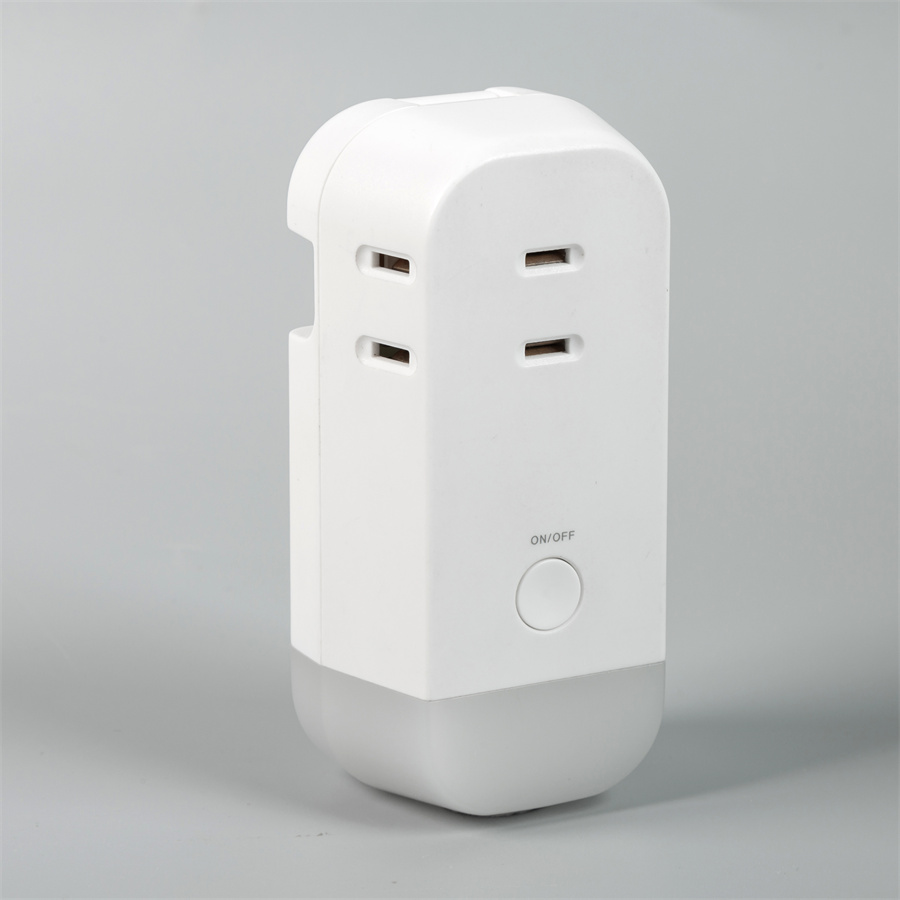
Products
Power Strip 4 Outlets Heavy Duty Surge Protector Individual Switch 1/2/3M Power Cord with Flat Plug, 15A Circuit Breaker
Features
- *Surging protection is available.
- *Rated input: AC100V, 50/60Hz
- *Rated AC output : Totally 1500W
- *Rated USB A output: 5V/2.4A
- *Rated Type-C output: PD20w
- *Total power output of USB A and Type-C: 20W
- *Protective door to prevent dust from entering.
- *With 4 household power outlets + 1 USB A charging port + 1 Type-C charging port, charge smartphones,tablet etc. while using the power outlet.
- *We adopt tracking prevention plug.Prevents dust from adhering to the base of the plug.
- *Uses a double exposure cord.Effective in preventing electric shocks and fires.
- *Equipped with auto power system. Automatically distinguishes between smartphones (Android devices and other devices) connected to the USB port, allowing optimal charging for that device.
- *There is a wide opening between the outlets, so you can easily connect the AC adapter.
- *1 year warranty
Certificate
PSE
Keliyuan quality control process for power strip
1.Incoming material inspection: conduct a comprehensive inspection of the incoming raw materials and components of the power strip to ensure that it meets the specifications and standards set by the customer. This includes checking materials such as plastic, metal and copper wire.
2.Process inspection: During the manufacturing process, the cables are inspected regularly to ensure that the production conforms to the agreed specifications and standards. This includes checking the assembly process, electrical and structural testing, and ensuring safety standards are maintained throughout the manufacturing process.
3.Final inspection: After the manufacturing process is complete, each power strip is thoroughly inspected to ensure it meets the safety standards and specifications set by the customer. This includes checking dimensions, electrical ratings and safety labels required for safety.
4.Performance test: The power board has undergone a performance test to ensure its normal operation and compliance with electrical safety requirements. This includes testing temperature, voltage drop, leakage current, grounding, drop test, etc.
5.Sample test: Carry out a sample test on the power strip to verify its carrying capacity and other electrical characteristics. Testing includes functionality, durability and hardness testing.
6.Certification: If the power strip has passed all the quality control processes and meets the specifications and standards set by the customer, then it can be certified for distribution and further sold in the market.
These steps ensure that power strips are manufactured and inspected under strict quality control measures, resulting in a safe, reliable and efficient product.















